
Pole Bending: High-Speed Slalom!
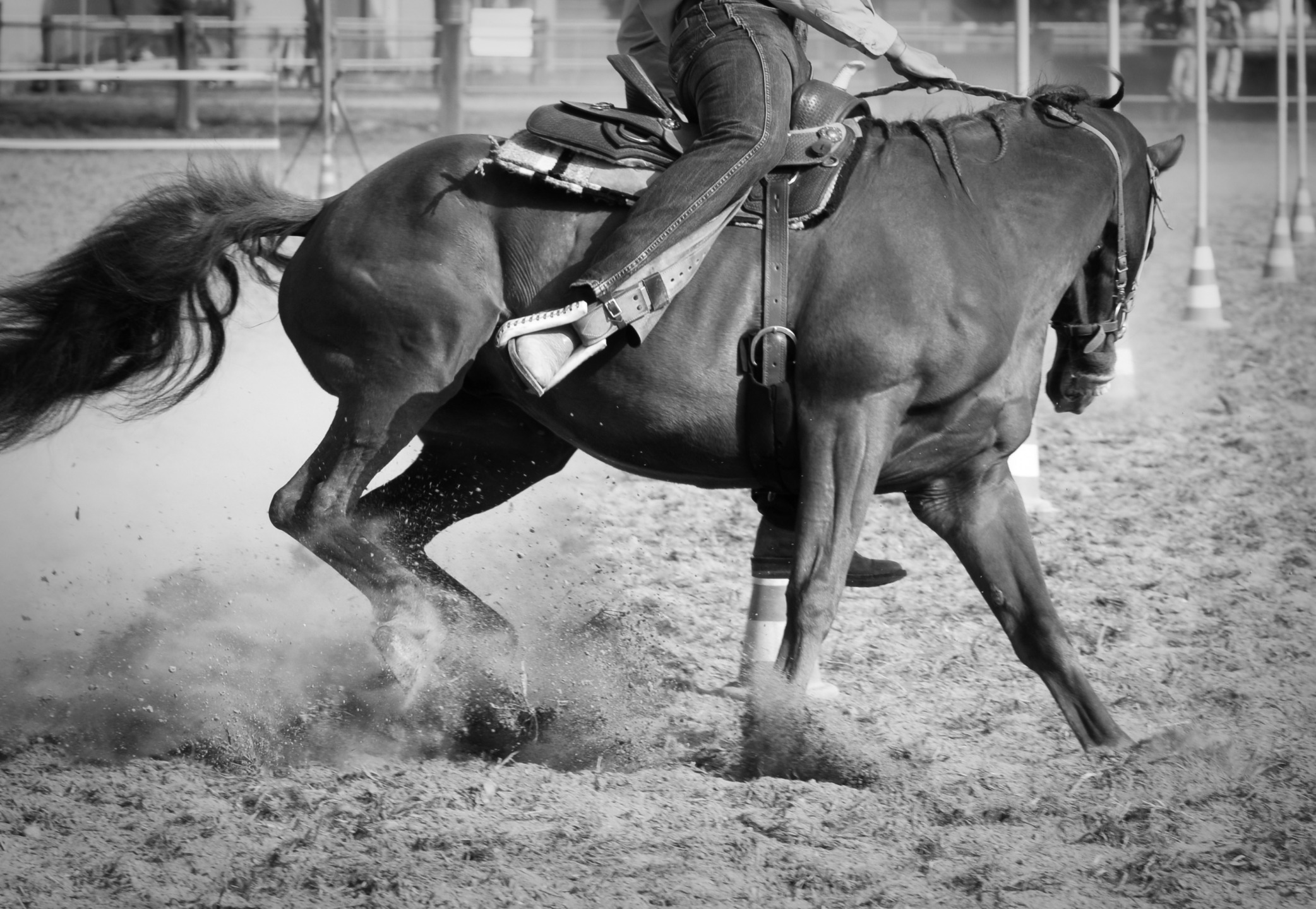
Alongside its “cousin” barrel racing, pole bending belongs to those Western disciplines that can be classified as speed events, where victory is determined by who is the fastest. In just a few seconds, skilled and determined horse-and-rider duos go all out, leaving the audience breathless.
Zigzag
Pole bending is an individual timed competition. It begins and ends when the horse’s nostril crosses the photo-cell located at the start/finish line. The rider enters at a gallop, traveling along a line parallel to the poles from the first to the sixth. From this point, they execute a slalom in both directions around the six poles, then gallop out again along the parallel line from the sixth to the first pole.
The course involves a slalom path between six poles set in a straight line, spaced 6.40 meters apart, including the first pole at the start line. The poles, made of hollow plastic and ranging from 1.80 to 2.00 meters in height, must be the same color. The base is made of hard rubber with a hole in the center, designed to ensure stability while also minimizing injury risks for both horse and rider.
This dynamic and exciting discipline sees duos competing for milliseconds, while the enthusiastic audience cheers on from the stands, creating a stadium-like atmosphere.
“Cowboy Style”
Watching a pole bending competition is thrilling, keeping spectators on edge until the very last second. Men and women, dressed in perfect cowboy style—shirts, hats, and boots—gallop while zigzagging between the poles, swift, athletic, and fluid, capitalizing on speed. But there is a tremendous amount of work behind those few seconds. It requires millimetric precision to execute a fast, flawless slalom.
The rider must be adept at guiding their courageous horse through the poles, demanding rapid direction changes while always maintaining focus on the last pole. Executing transitions from the fast gallop at the start to a controlled but still swift pace during the slalom is no easy feat.
Likewise, the rider must extend the gallop as much as possible when exiting, right after completing the zigzag—of course, without any mistakes, such as knocking down a pole, which incurs a five-second penalty, or losing the hat. In pole bending, as in all events, the rider must wear the official attire specified by the regulations and maintain a neat appearance throughout the performance. For the duo to excel in this adrenaline-filled discipline, they must be in perfect sync to maneuver at high speed between closely spaced poles.
The horse must be in top physical condition, well-trained, and adequately warmed up, ensuring flexibility along the spine and elasticity throughout the body to bend quickly between the poles. Among the most suitable breeds for this sport are typical American breeds, such as the Quarter and Paint Horse, although the discipline’s history is closely tied to the Appaloosa, which continues to dominate in pole bending.
Nez Percé, Appaloosa, and Pole Bending: A Unique History
The history of the Appaloosa is intrinsically linked to pole bending, so much so that special competitions dedicated exclusively to this breed are held between the poles.
However, we would not know these magnificent spotted horses without the Nez Percé, a Native American tribe. In the 16th century, the Nez Percé encountered these spotted horses in the mountains of Oregon, adopting them and, within two decades, learning to ride and selectively breed them for agility, strength, and athleticism, ready to accompany them on buffalo hunts. Thanks to this tribe, we can still admire the remarkable qualities of the Appaloosa, whose name derives from the Palouse River, which bordered the Nez Percé territory.
To understand how deeply this tribe’s tradition is connected to these stunning spotted horses and the sport of pole bending, one need only look at the Nez Percé Stake Race, one of the most anticipated events “between the poles.” This is a particular form of pole bending, approved by the Appaloosa Horse Club, which takes place during breed-specific events.
The competition features parallel pole bending, where two duos start together and complete the course “in tandem.” The event is elimination-style: the winners proceed to face other victorious duos, while the losers are eliminated.
Women’s Contribution
Pole bending owes its origins to a determined group of women from the Old West who were tired of waiting for their husbands engaged in rodeo events and decided to participate in side events. In 1948, in Texas, they founded the Girls Rodeo Association (GRA), the first professional women’s rodeo circuit, which, in 1981, became the Women’s Professional Rodeo Association (WPRA).
This association attracts thousands of professional female riders each year, competing in various events that were initially side disciplines of rodeo. In addition to pole bending, this includes barrel racing and roping. What began as a female-dominated niche has since shed its “pink” origins, evolving into a global phenomenon.
Elena Pecora
© Rights Reserved.




.png)



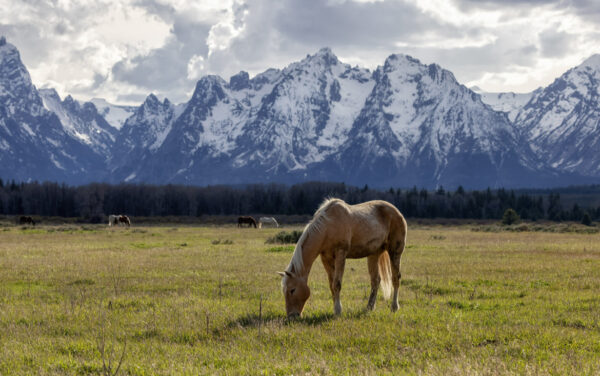
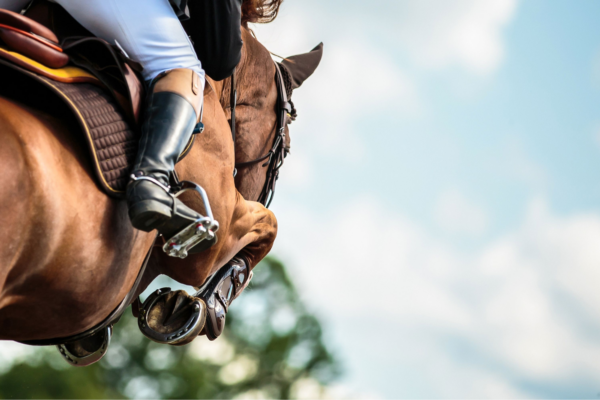
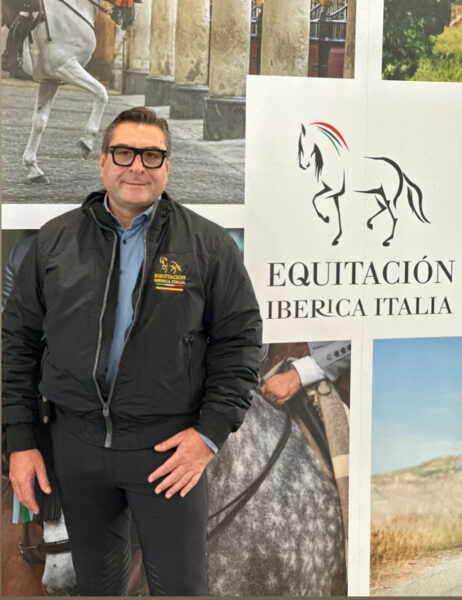


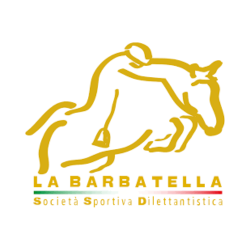
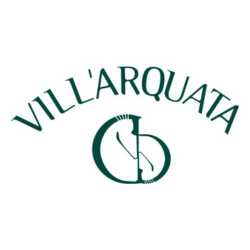


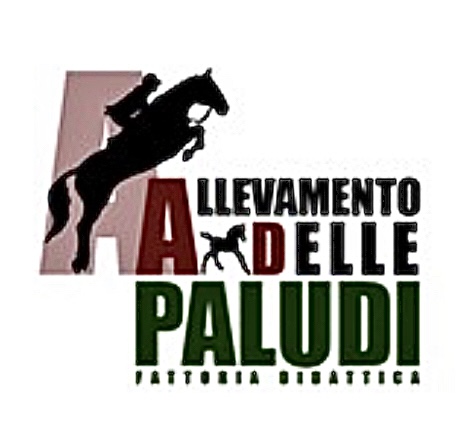



(1).png)